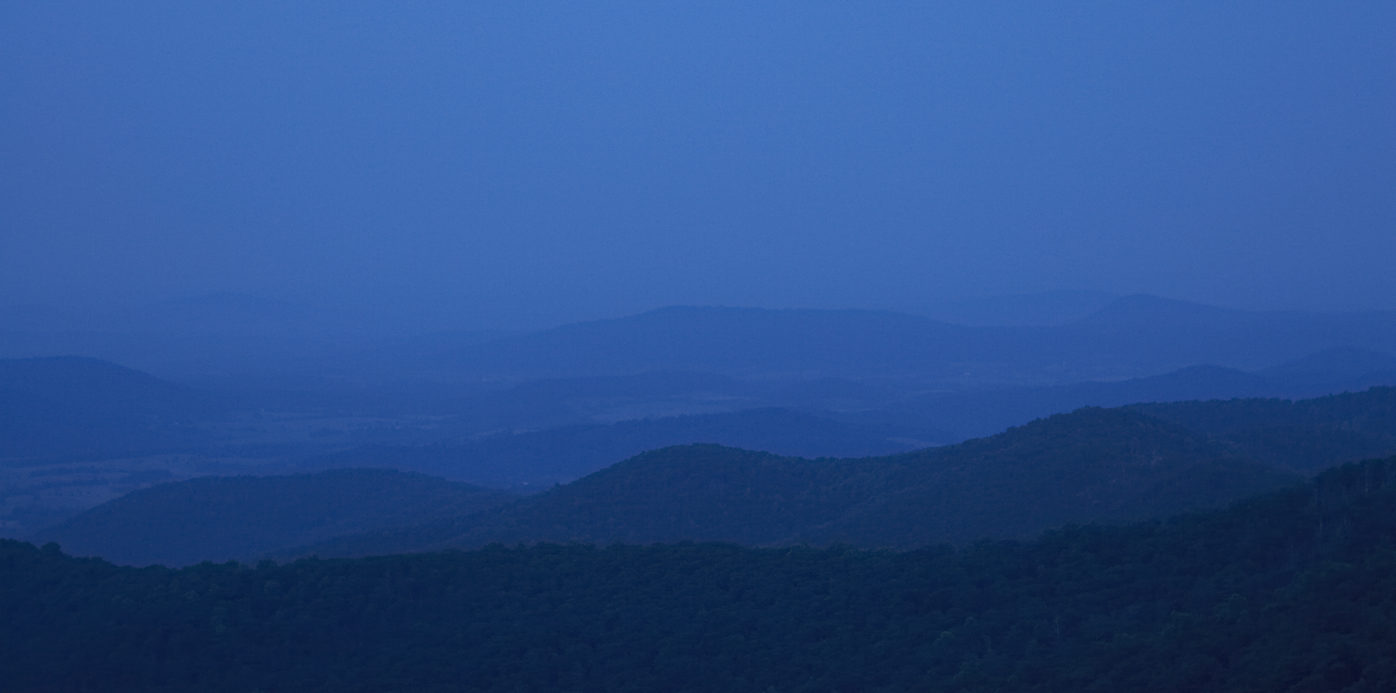While “Lincoln’s pockets” sounds like an interesting name for a band, it’s actually the result of a couple of articles I recently read about what the 16th president had on him the night he was assassinated.
On that fateful night, April 14, 1865, when Lincoln was shot by John Wilkes Booth in Ford’s Theatre, he had an odd assortment of things in his pockets.
He was wearing a Brooks Brothers overcoat that was handed over to his son, Robert Todd, after the shooting. Lincoln was carrying:
•Two pairs of glasses
•A lens polisher
•A pocketknife
•A watch fob
•A handkerchief
•A leather wallet with a five-dollar Confederate bill and eight newspaper clippings
Lincoln had two pairs of spectacles due to vision problems — one was for reading and the other for different types of viewing. He was farsighted and had trouble looking people in the eye.
It’s believed he picked up the Confederate money after visiting either the Richmond or Petersburg battlefields in the last days of the war.
The newspaper clippings were mostly articles that supported his leadership during the war, although one was about Missouri’s postwar struggles with slavery and low morale among Confederate soldiers.
The items are on display at the Library of Congress in Washington, D.C.
Sources:
Our Daily Bread, August 15, 2019
U.S. News & World Report, May 24, 2013


Fascinating. Thanks. Keep it up Michael.
Thanks for being a loyal reader!
In the summer of 1999 I worked in Petersburg, Richmond, and other areas nearby building movie sets for a TNT original movie called “The Day Lincoln Was Shot”. We began with the building of the north side of the White House as it looked in 1865. The construction was done in a large open area outside of Petersburg off “Squirrel Level Road”. I had to drive over what was left of a Civil War trench with a small ramplike bridge built over it to get to the job site. Bulldozers were called in to level the ground to stage the materials. As the bulldozers moved about, the ground gave way under one and sunk up to the driver’s seat. As it turned out, there was a network of underground tunnels all over the place. Archaeologists were called in but very few artifacts were collected. I have the “Time Life” book series of the Civil War. Included on one of the pages is the map of the area with Squirrel Level Road in it alone with the story.
Sounds like an interesting job – would love to know more about the tunnels.